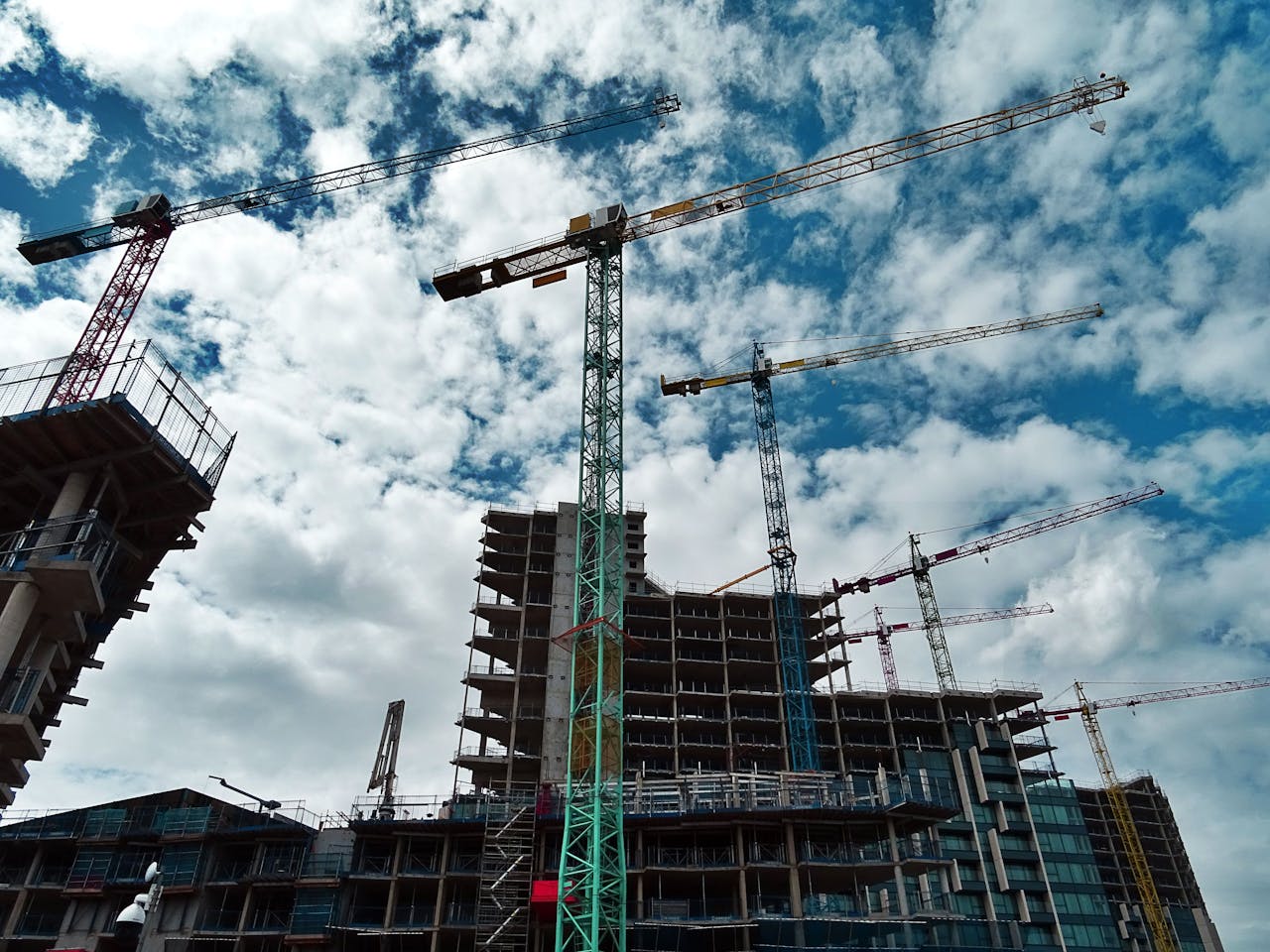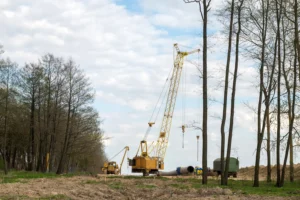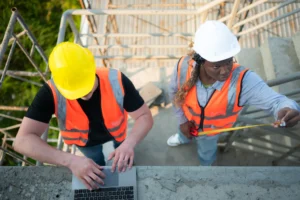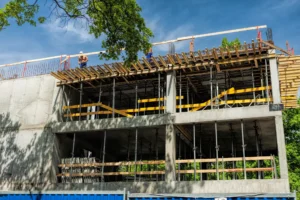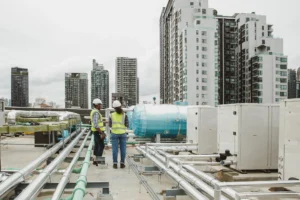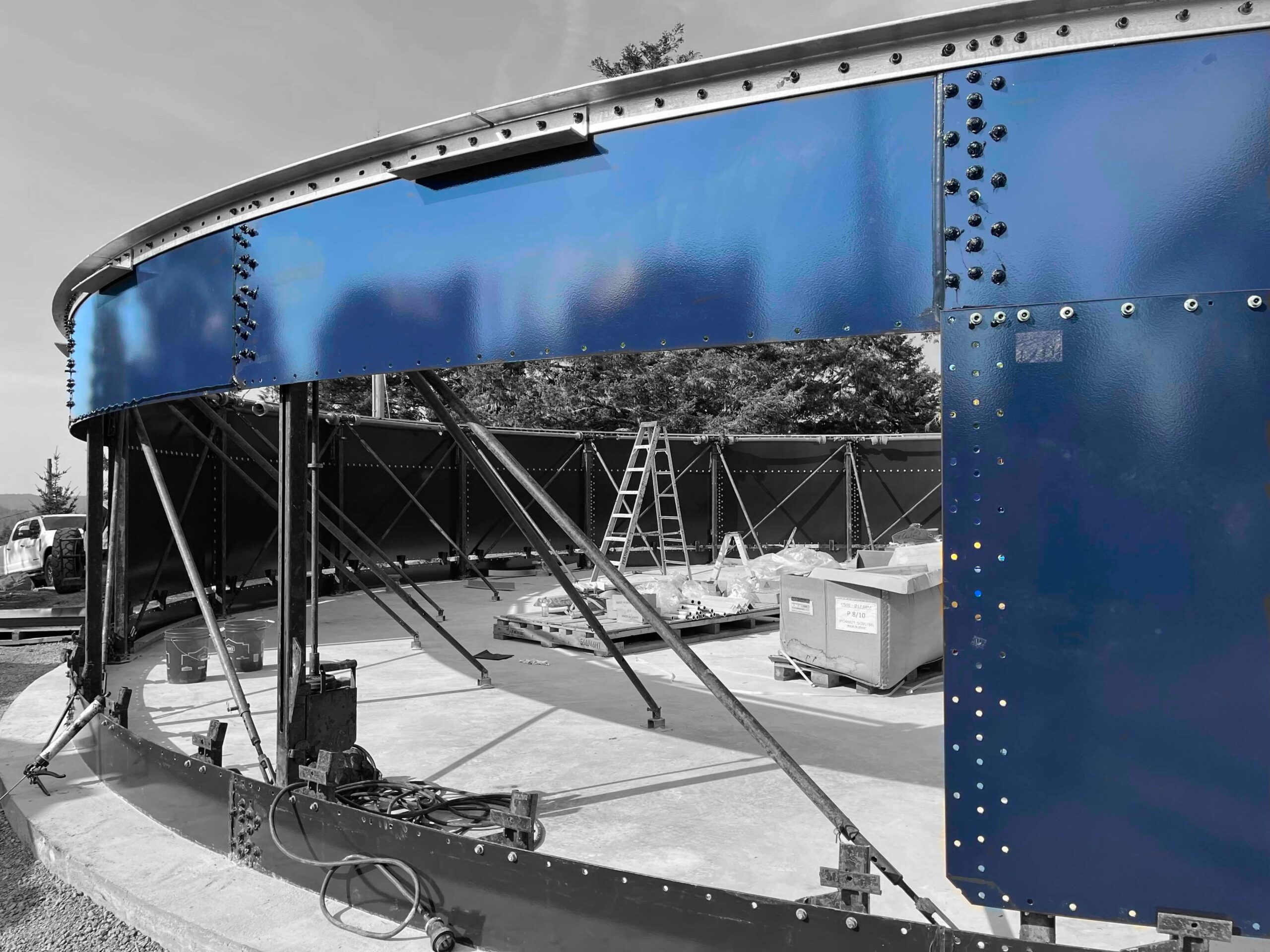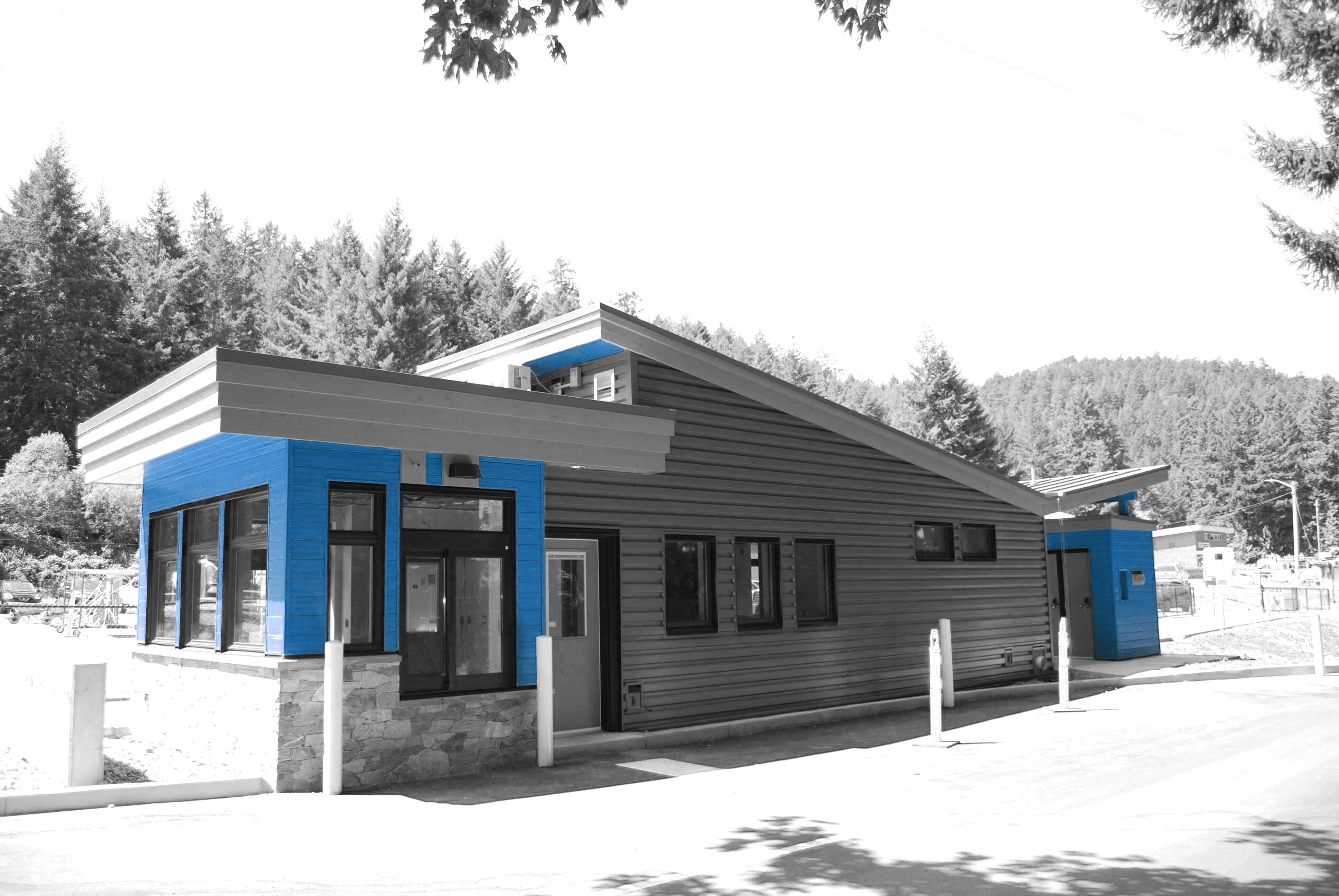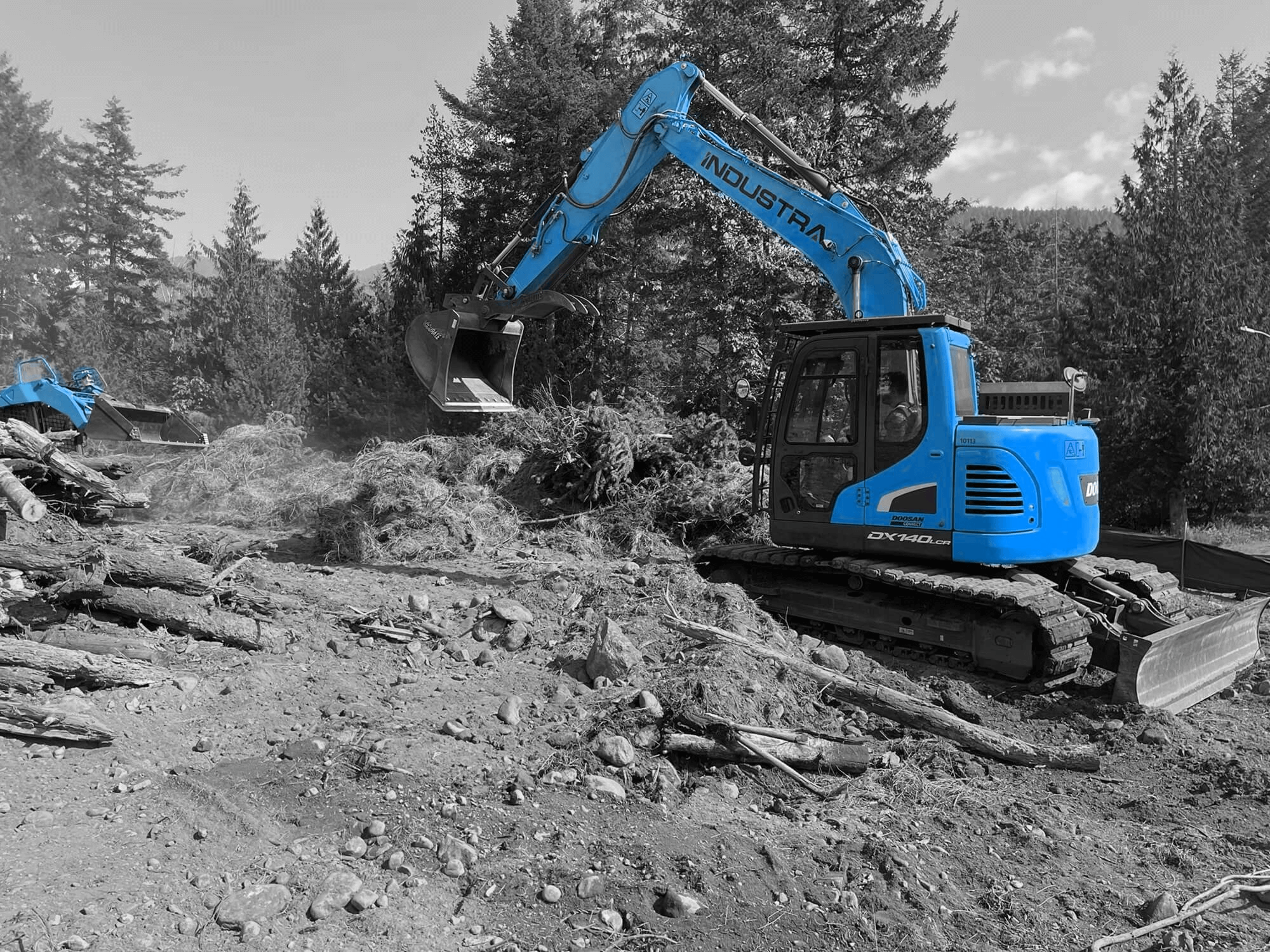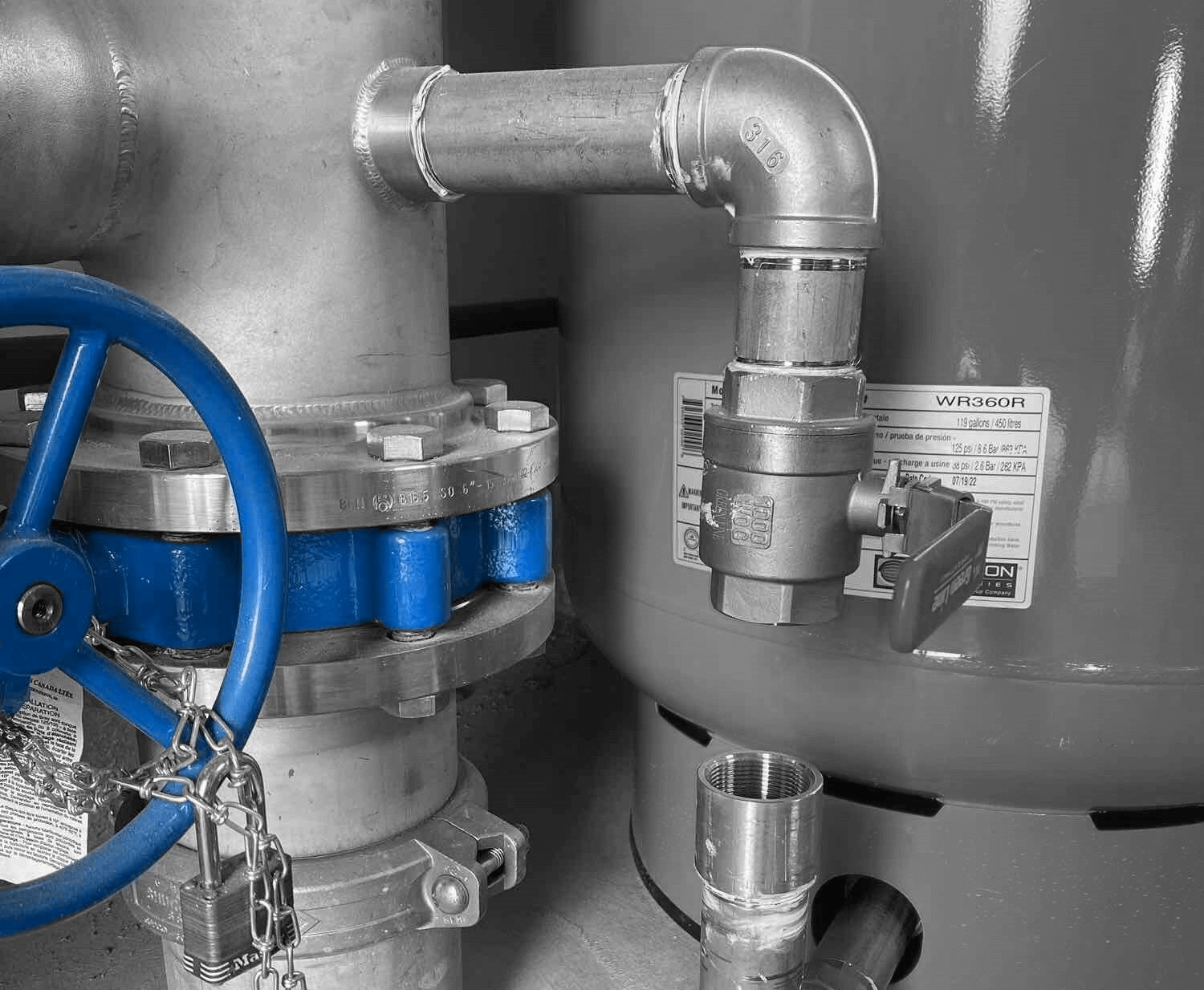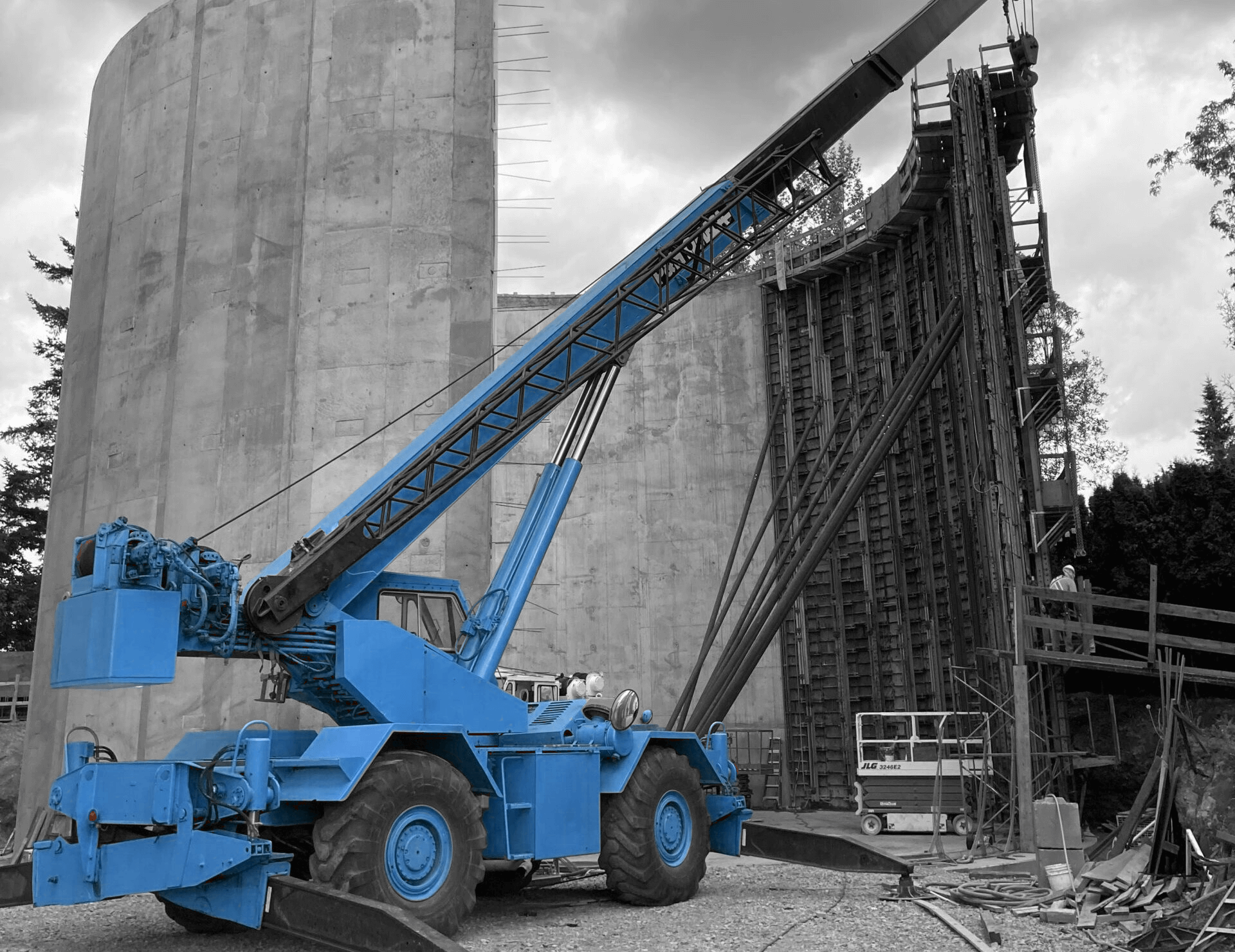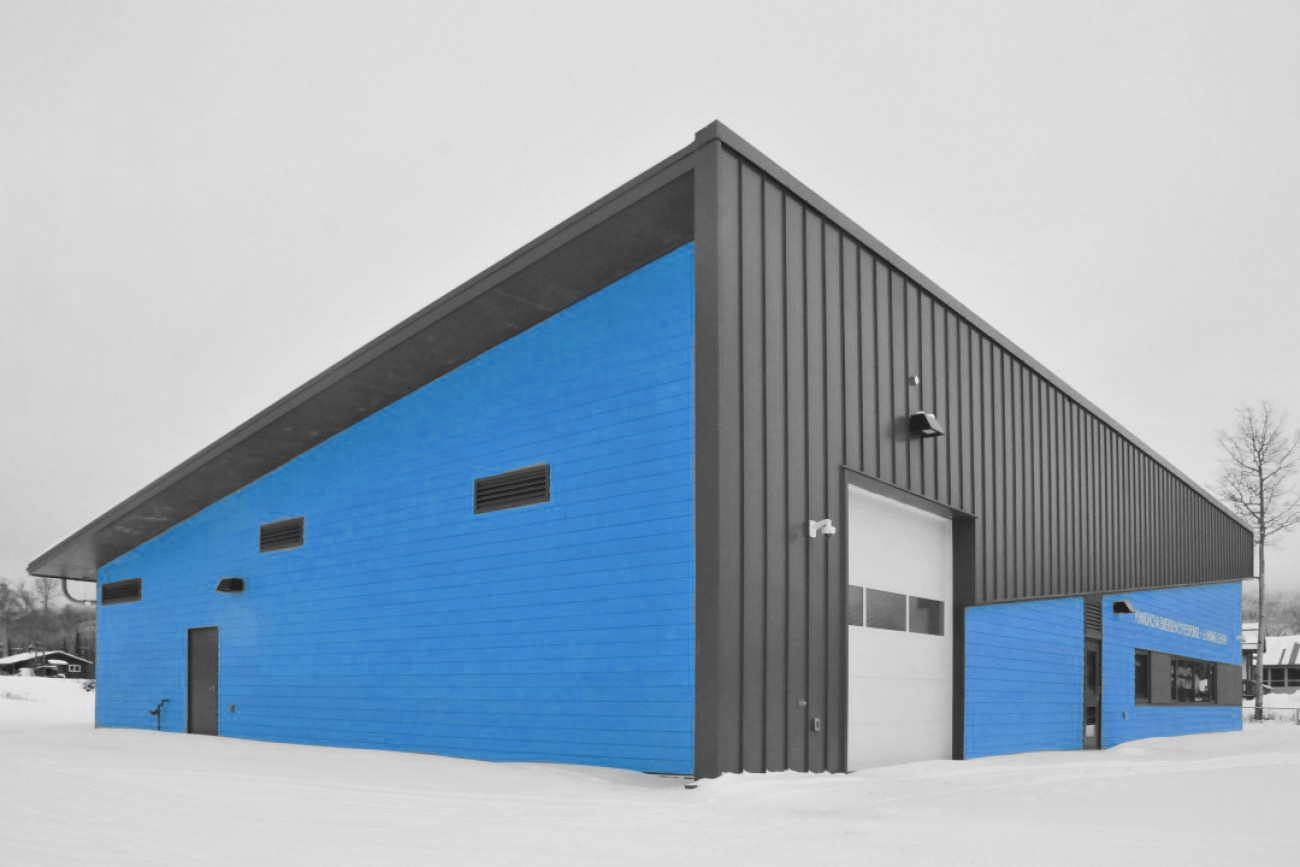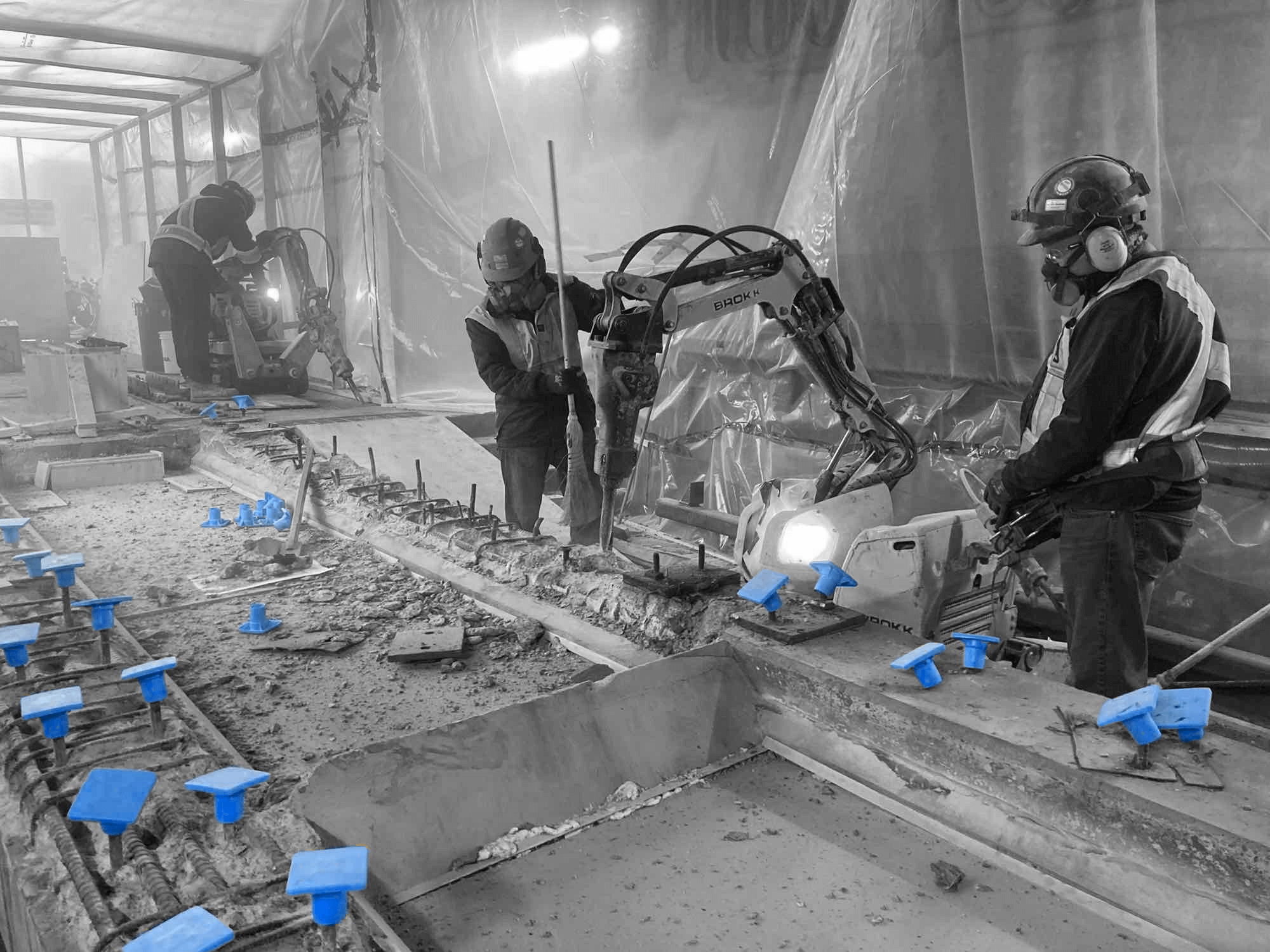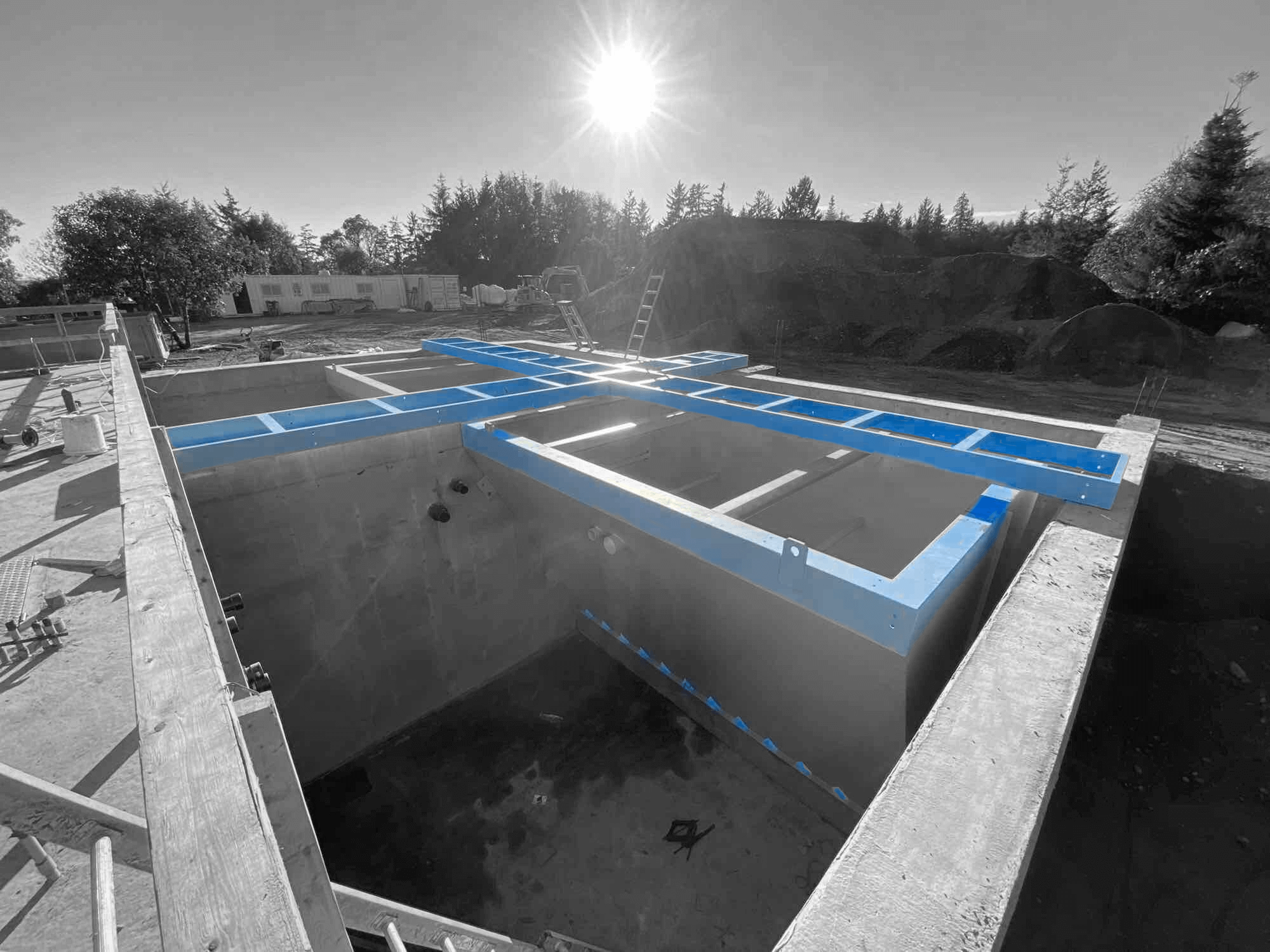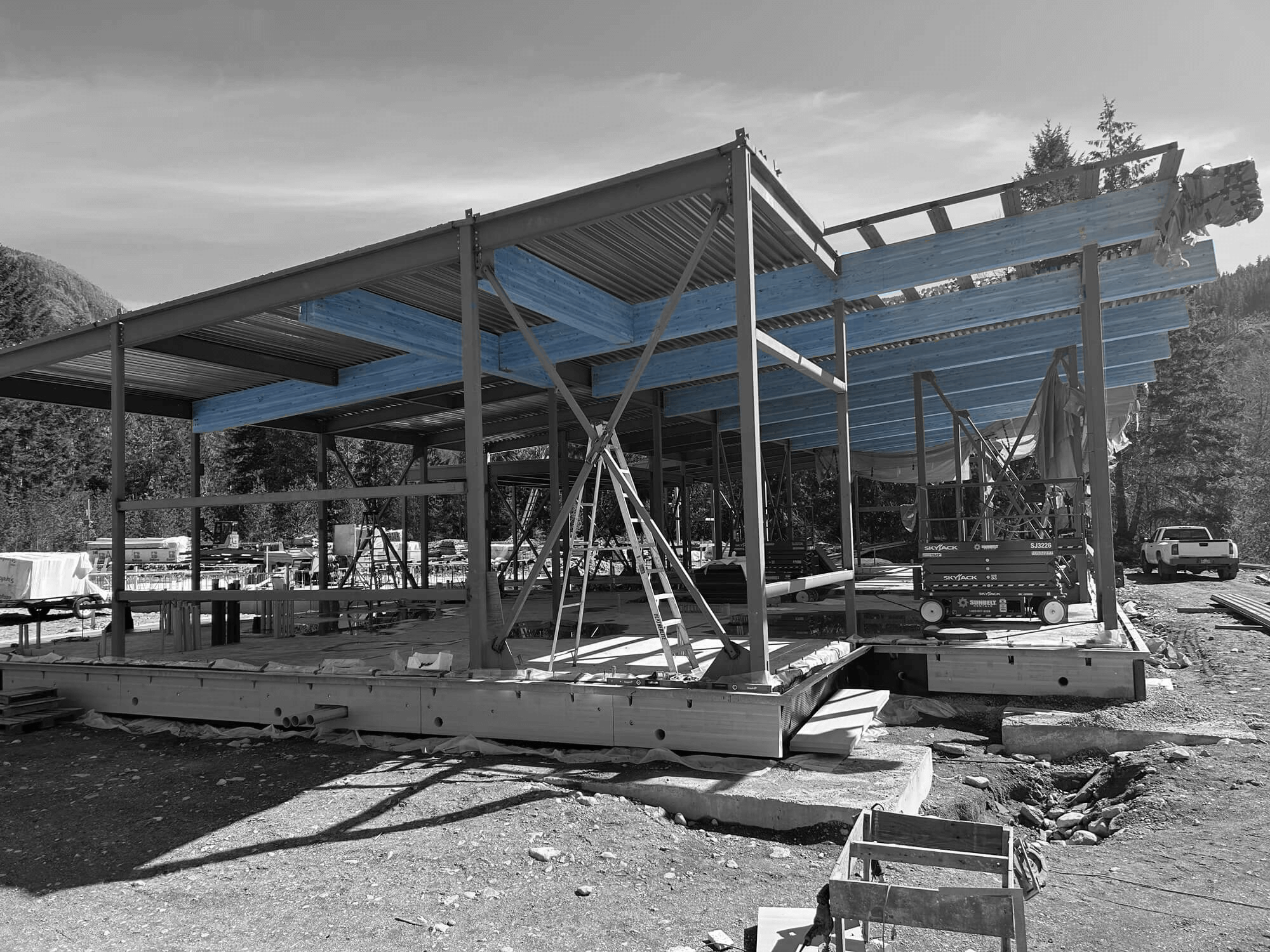Institutional construction plays a pivotal role in developing facilities that communities heavily rely on, like hospitals, universities, and government buildings. Creating and maintaining these vital structures requires a deep focus on quality, functionality, and longevity. Meeting high standards and expectations isn’t only about ensuring the building stands the test of time; it’s also about guaranteeing that these facilities can adequately serve the needs of those who use them daily. The need for precision and excellence can’t be overstated in constructing these critical infrastructures. Industra Construction Corp.’s commitment to excellence ensures these standards are consistently met.
Understanding Institutional Construction Standards
At its core, institutional construction involves the creation of structures that serve public or community functions. These can range from educational institutions to healthcare facilities, and each comes with its unique set of standards. These projects must comply with local building codes and regulations, which ensure that the facilities are safe, accessible, and environmentally friendly. These rules can vary, depending not only on the type of institution but also on the location, adding extra layers of complexity to the planning and execution processes.
Meeting these standards involves several critical elements, including accessibility for all, sustainable practices, and ensuring that the design encourages a healthy and safe environment. This isn’t just about following regulations – it’s about doing right by the future users of the building. As technology and practices evolve, so too do the regulations designed to protect public health and safety. Keeping up with these changes is a must for anyone involved in institutional construction.
To ensure that these standards are met, professionals should follow a structured approach:
– Thorough assessment of needs and requirements: Understanding client demands and building requirements is the starting point for any successful project.
– Detailed project planning: Ensuring that all necessary steps are accounted for before breaking ground can save time and resources.
– Continuous compliance checks: Regularly reviewing work against the latest standards and regulations keeps projects on track and up to standard.
– Collaboration with experts: Engaging with specialists in different fields can enhance project outcomes and ensure compliance with complex requirements.
By adhering to these practices, institutional construction projects can not only meet but exceed the expectations of all involved parties, providing sound, reliable infrastructure that stands as a testament to quality and excellence.
Key Elements for Success in Institutional Construction
Successful projects begin with detailed planning and design, which are pivotal in mapping out a project’s journey from concept to completion. By anticipating potential hurdles and drafting comprehensive blueprints, constructors ensure that every aspect of the project aligns with both the client’s vision and regulatory requirements. A strong plan minimizes risks and guides the project smoothly from one phase to the next.
The use of innovative materials and modern technology has transformed institutional construction. From eco-friendly building materials to smart systems that optimize energy efficiency, the integration of new technologies can enhance the functionality and sustainability of the finished product. Additionally, employing skilled labour with expertise in the industry ensures that the design and execution phases are handled by individuals who understand the high stakes and necessary precision involved.
Project management is also key in coordinating the multitude of variables inherent in large-scale projects. A system that aligns diverse teams and timelines ensures that resources are optimized and potential issues are addressed proactively. This not only smoothens operations but also keeps the focus on quality and efficiency throughout the project’s duration.
Institutional construction thrives on best practices, collaboration, and an unwavering commitment to quality. This dedication not only brings impressive structures to life but also contributes to the community by providing spaces that enhance everyday life, ensuring these efforts translate into structures that are both reliable and valuable.
Challenges and How to Overcome Them
Institutional construction often presents unique challenges that can test even the most seasoned professionals. These include navigating complex regulatory requirements, managing budgets and timelines, and dealing with unexpected site conditions. In places like Surrey, Mississauga, Ontario, and BC, weather conditions can also throw a curveball, impacting project schedules and the choice of materials.
One way to address these challenges is through detailed pre-construction planning. By anticipating potential hurdles and devising strategies to mitigate them, teams can prepare effectively. For instance, conducting thorough site assessments can reveal issues like soil instability, allowing time to devise solutions before construction begins.
Moreover, fostering open communication among stakeholders ensures everyone is aligned. Regular meetings and updates help keep the project on track, and adjustments can be made promptly. Involving experts, like environmental consultants or engineers, early on brings additional insights and foresight into possible complications.
Considering the community’s needs is another crucial element. Engaging with locals and seeking their input can provide invaluable insights into the project’s impact. This collaborative approach encourages support and helps address concerns, ensuring the finished structure seamlessly integrates with its surroundings.
Future Trends in Institutional Construction
As the world changes, so does the construction industry. Emerging trends are set to redefine institutional construction in surprising ways. Sustainable building practices, for instance, are becoming mainstream as the industry works toward reducing its carbon footprint. Utilizing green building materials and incorporating renewable energy sources can enhance a building’s environmental performance.
Another trend is the use of technology to improve construction efficiency and accuracy. Tools like Building Information Modelling (BIM), drones, and 3D printing are becoming standard, offering new opportunities to improve project outcomes. These technologies enable better visualization, coordination, and execution, leading to smarter and more efficient building processes.
In addition to technological advancements, the focus on adaptive reuse is rising. Many communities are looking to repurpose existing structures instead of building new ones from scratch. This approach not only preserves historical elements but also aligns with sustainable practices by minimizing waste and reducing the need for new materials.
Building for the Future
Meeting high standards and expectations in institutional construction isn’t just a goal—it’s a responsibility. When executed with care and precision, these projects benefit communities by providing reliable and efficient spaces. Emphasizing quality, collaboration, and sustainable practices ensures that buildings are not only built to last but also serve their purpose effectively.
Looking forward, institutional construction will continue evolving to meet the demands of a changing world. By embracing new techniques and committed to exceptional standards, construction companies can create spaces that enhance daily life while remaining flexible to future needs. Readers planning new projects can make a real difference by choosing partners that prioritize these values.
To ensure your next project reaches its full potential, consider how institutional construction can deliver spaces that meet your long-term goals. Industra Construction Corp. can help you bring innovative and sustainable solutions to life, aligning them seamlessly with your vision and community demands. Let our expertise guide your project to success, creating not just buildings, but lasting community assets.


